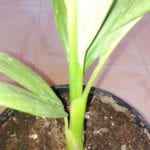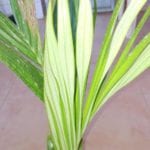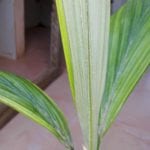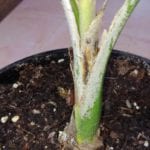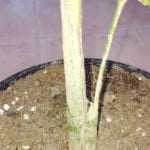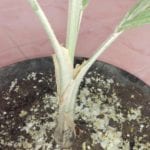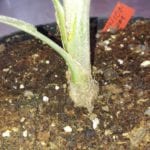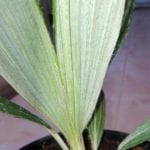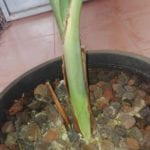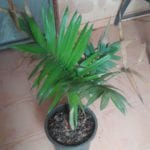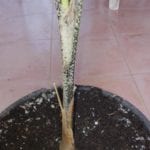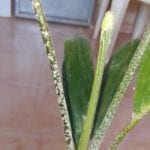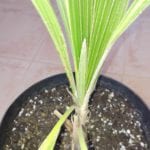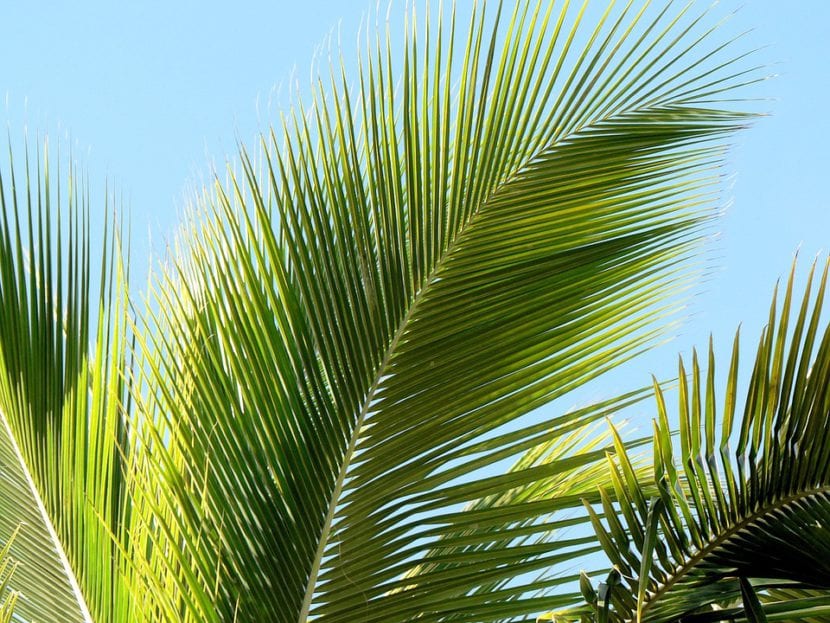
Palm trees are plants that many of us have in love with. It may be a bit exaggerated, but when you enter this world and see how many species there are, and how decorative most of them (if not all) are ... it is very easy for the »palmeril virus», as we sometimes call this hobby, to infect you And don't go out even if you move to an apartment without a patio.
In this article I will show you 10 collectible palm trees that really impress, not only for their ornamental value, but also for their resistance to low temperatures.
Archontophoenix Alexandrae.
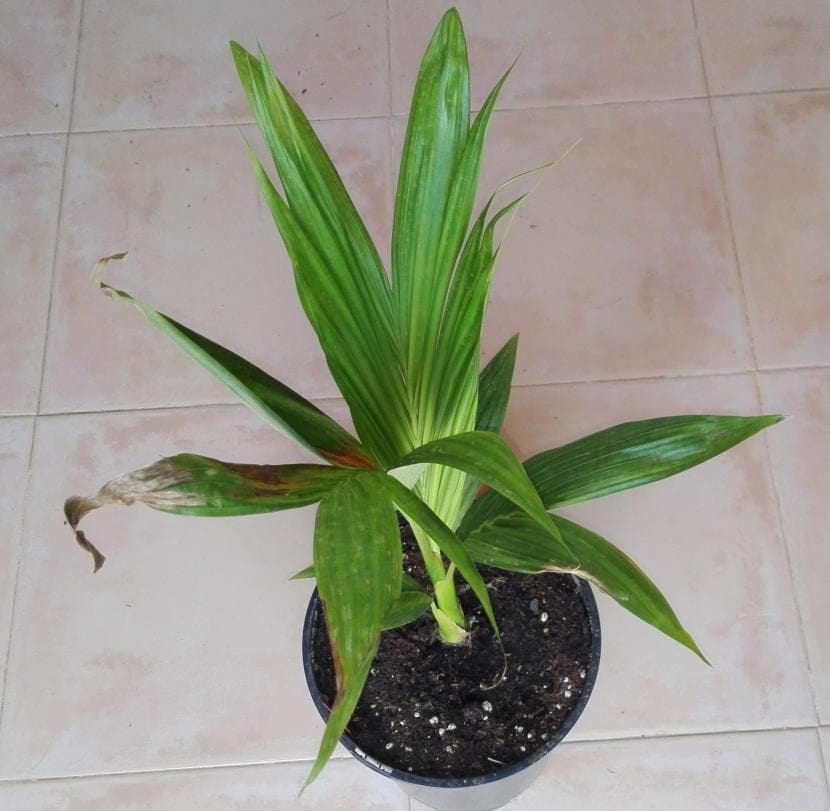
This is one of the most suitable palm trees for small gardens. It is known by several names: Alexandra Palm, Alexandra Palm, Australian Royal Palm, Australian Royal Palm ..., but its scientific name is only one, and it is Archontophoenix Alexandrae.. It is native, as one of its names indicates, from Australia, specifically from the northeast. Reaches a height of 30 meters, and a ringed trunk of us 20cm thick. Its leaves are pinnate, green on the upper side and whitish on the underside.
It can live in climates whose temperatures are between -4ºC minimum and 40ºC maximum, as long as it has a lot of humidity, especially in summer. In theory, it should be placed in full sun, but young plants burn very easily, so it is convenient to protect them a little, and accustom them to the sun little by little.
Allagoptera caudescens
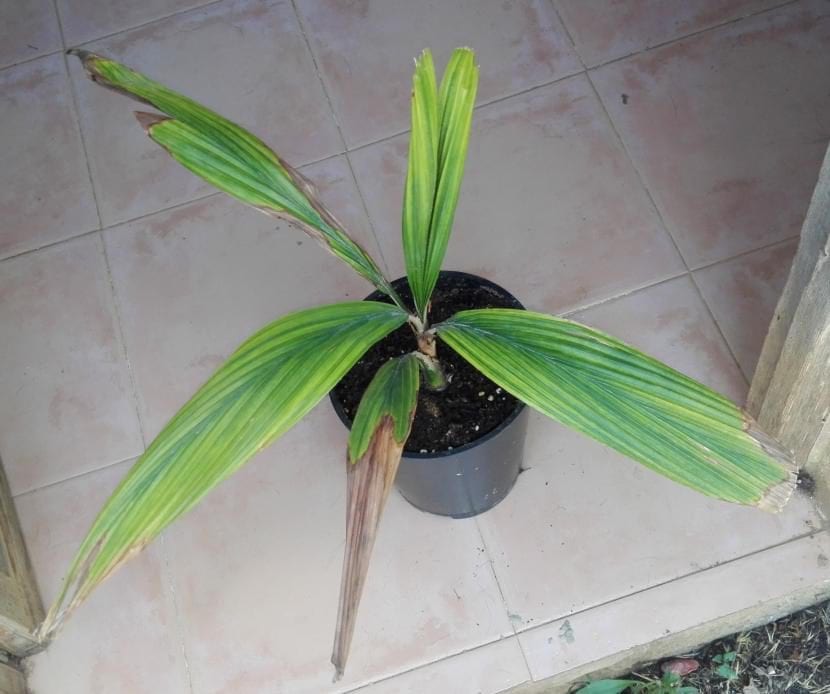
La Allagoptera caudescens It is native to Brazil, but despite this, it is a very interesting species to have in cool climates (not cold), since it supports up to -4ºC. It has a slow growth rate, reaching a height of about 15m. Its leaves are pinnate, dark green on the upper side and whiter on the underside.
This species is one that grows best in areas with a lot of light, but always protected from direct sun. The best thing to do would be to put it in a corner where as a young man it would have shade, but as it gains height it could gradually receive more and more light directly from the sun.
Caryota maxima 'Himalaya'
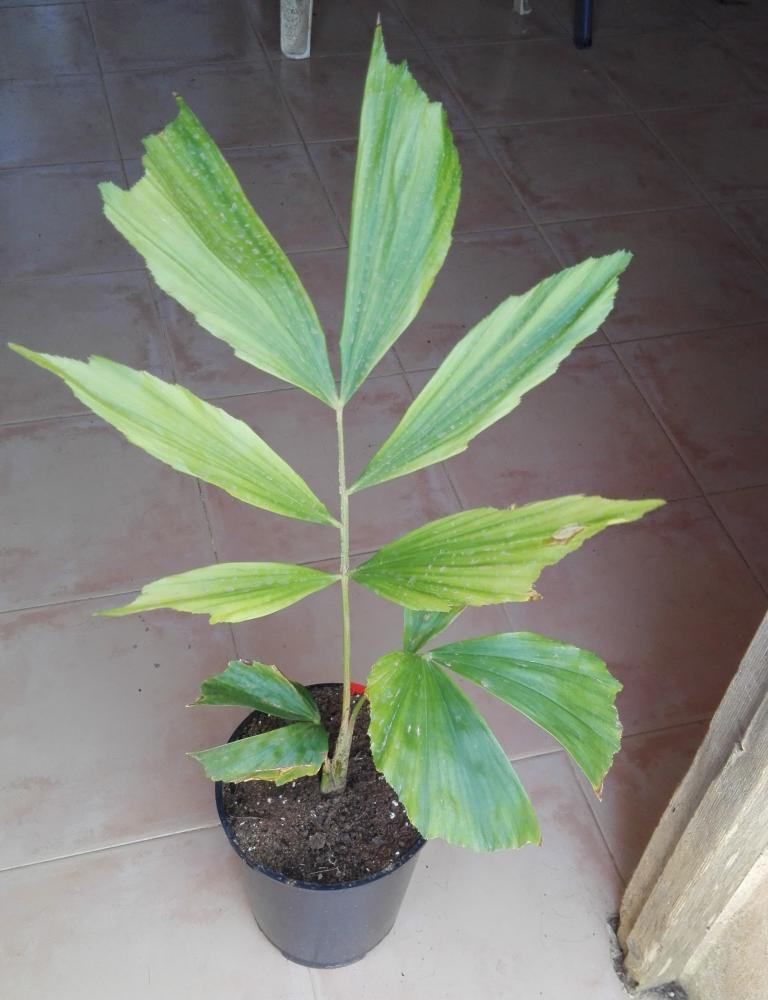
La Caryota maxima 'Himalaya', also known as the Fishtail Palm, is native to India. It grows very slowly in hot climates, reaching a height of 30 meters. It has very curious leaves, as if they were a fish tail, which gives it a feathery appearance as it matures.
Withstands frosts up to -7ºCBut he does not like high temperatures (above 30ºC), although he tolerates them as long as he is in an area protected from direct sun.
Ceroxylon amazonicum
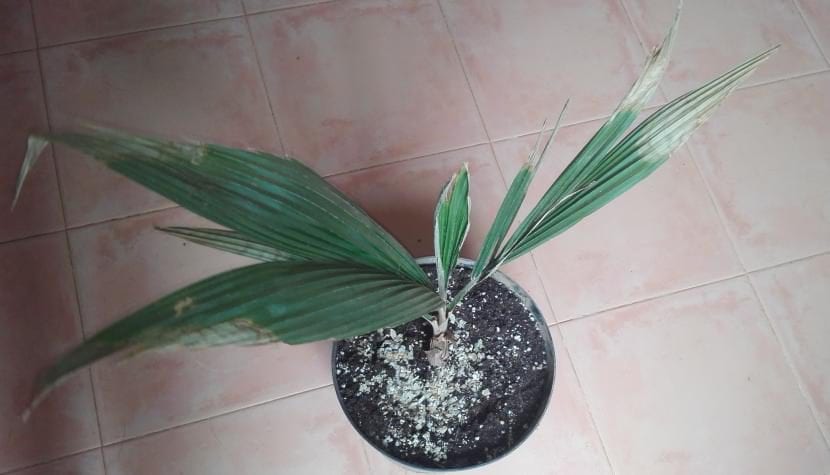
The Ceroxylon amazonicum They live on the eastern slopes of the Andes Mountains. Its growth rate is very slow, reaching a height of up to 20m, with a trunk thickness of just 15-20cm. Its pinnate leaves, dark green on the upper side and waxy white on the underside.
Withstands temperatures well up to -5ºC, but not the heat. During the summer, if it is very warm like the Mediterranean, you will see that it hardly grows. It prefers climates with mild temperatures, without extremes. In addition, it is important to keep it in the shade for as long as possible, since the sun burns it.
Ceroxylon peruvianum
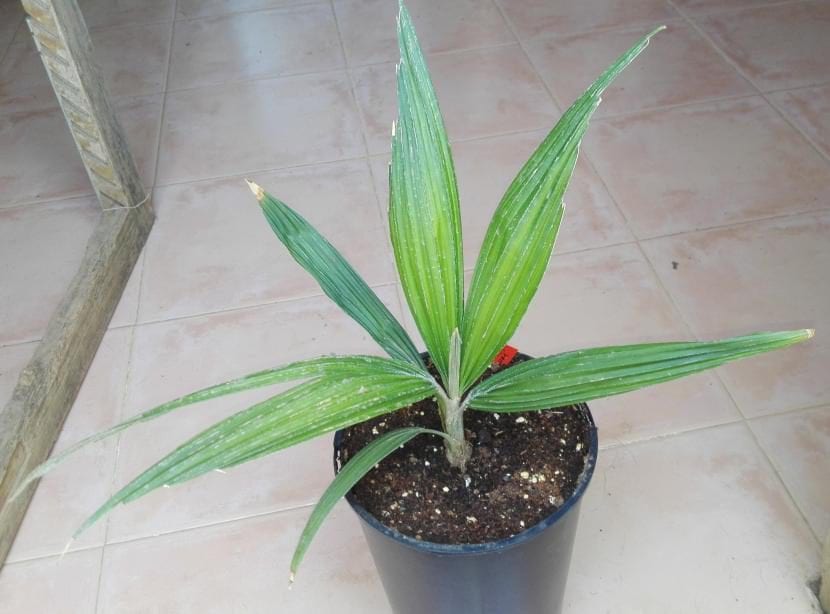
This is one of those palm trees that you buy because, as it is from Peru, you think ... "it can withstand warm temperatures better". Well that's the theory. What I can say, and affirm, is that it is a different Ceroxylon, and for that alone it is worth cultivating. It also grows in the Andes Mountains, at an altitude between 1500 and 2300m. Reaches a height of up to 12m, with a whitish trunk up to 26cm.
Its leaves are pinnate, but with a feathery appearance. The upper side is dark green, and the underside is white and waxy. Withstands weak frosts, up to -4ºC, and you also need protection from the sun during your life.
Chamaedorea linearis

We are very used to seeing the Chamaedorea elegans, which is the Parlor Palm par excellence, but the genus includes other equally interesting species, and one of them is the C. linearis. It is originally from South America, specifically from Bolivia, Colombia, Ecuador, Peru and Venezuela. It grows to a height of 10 meters, at a reasonably fast pace - more or less, about 15cm per year - and its trunk is very thin, about 8cm thick at most. Its leaves are pinnate, green on both sides.
Like all species of the genus, it must be protected from direct sun so that it can grow well. By the way, it supports up to -4ºC, and indoor conditions.
Chambeyronia macrocarpa
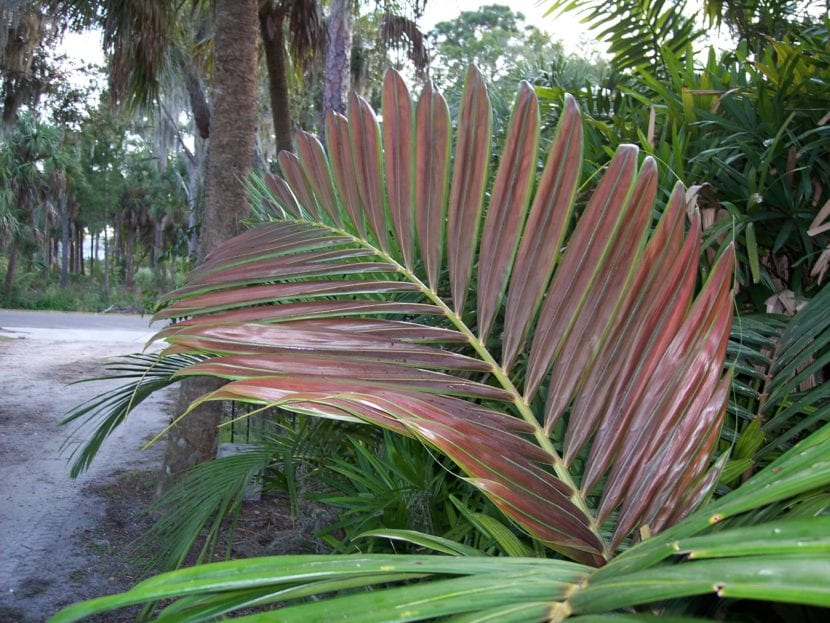
The red leaf palm is native to New Caledonia. It grows to a height of about 10m, with a thin, ringed trunk up to 30cm thick. It has pinnate, slightly arched, green leaves ... although the newer leaves are red. Its growth rate is slow, needing protection from the sun, especially if it lives in a hot climate.
Withstands frosts up to -3ºC.
Dypsis decaryi
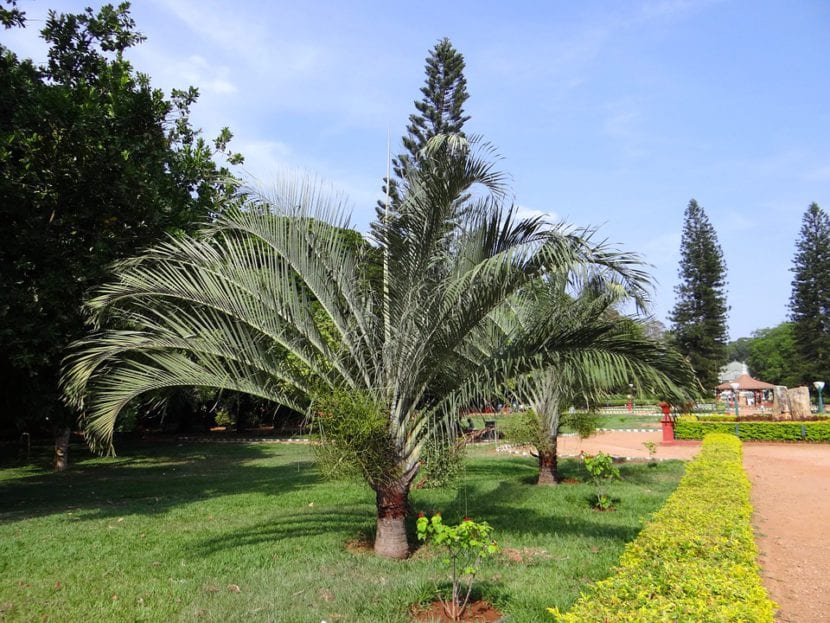
La Dypsis decaryi o Triangular palm is native to Madagascar. It grows to a height of 6m, with a trunk thickness of up to 40cm. It has a very curious triangular shape, with pinnate and arched dark green leaves. It is being cultivated a lot in recent years, and it has been shown to withstand frosts of up to -3ºC smoothly.
It can be in full sun if the weather is mild, but it will live better in semi-shadow when young.
veitchiajoannis

La veitchiajoannis It is a palm native to the Fiji Islands, ideal to have in tropical climates, free of frost. It grows to a height of 30m, with a trunk thickness of up to 20cm. Its leaves are pinnate, green. It grows at a fairly rapid rate, although it does need to be in a semi-shaded area when it is young (or if it lives in a climate with maximum temperatures of over 30ºC).
It is striking that in its stems it has as light white spots when it is young, which makes it a spectacular palm tree.
- They are the highest, those in the center-right of the image.
Remote pritchardia

Prtichardia are plants that have leaves similar to Washingtonia, but very different. They are very elegant, and the Remote pritchardia It is one of the ones that best supports the cold of the genre. It is originally from Hawaii, specifically from the island of Nihoa. It grows to a height of 4m, with a trunk thickness of up to 15cm. It has very beautiful green leaves (the brown spots you see in the image correspond to raindrops with mud).
Withstands frosts up to -4ºC without problems, but yes, you need sun protection to prevent your leaves from burning.
And so far the collection of palm trees. Which one did you like the most? Which less?
